Research conducted by the RSSB (Rail Safety and Standards Board) suggests that braking distances in low adhesion could be halved if improved sanders are adopted by train operators.
Tests carried out at the Melton Mowbray Rail Innovation and Development Centre, using two Class 387 electric multiple units loaned by Great Western Railway, suggest that double variable rate sanders can offer a significant reduction in braking distances by applying more sand when braking at higher speeds.
The three-month test programme covered various configurations of sanders, test speeds and train lengths, on more than 220 test runs.
The research suggests that using two variable rate sanders can reduce stopping distances on a four-car train by around 50%, compared with a single fixed rate sander. The new sanders also provided consistent 6%g braking performance - the basis for timetable planning on most routes.
From a safety perspective, adoption of the sanders could cut the number of Signals Passed at Danger caused by low adhesion conditions by 98%, including low adhesion station overruns by 96%.
Low adhesion caused more than 350,000 delay minutes in 2017, and the RSSB suggests the reduction in industry costs and what it terms “wider societal costs” from low adhesion could be worth more than £300 million per year. There could also be capacity gains from widespread adoption of the sanders.
RSSB Chief Executive Mark Philips said: “Double variable rate sanders will help trains brake better in the autumn when leaves cause problems. Having proved the technology, and the benefits, we will now work with the industry to promote the upgrading of sanders to maximise the benefits they can deliver.”
He was backed by GWR Managing Director Mark Hopwood, who added: “This significant cross-industry endeavour led by RSSB found a credible solution for dramatically improving braking performance.
“The groundbreaking results from this testing, using two new GWR Class 387 trains, provide the rail industry with the evidence and clarity it needs to move forward in this challenging area.”

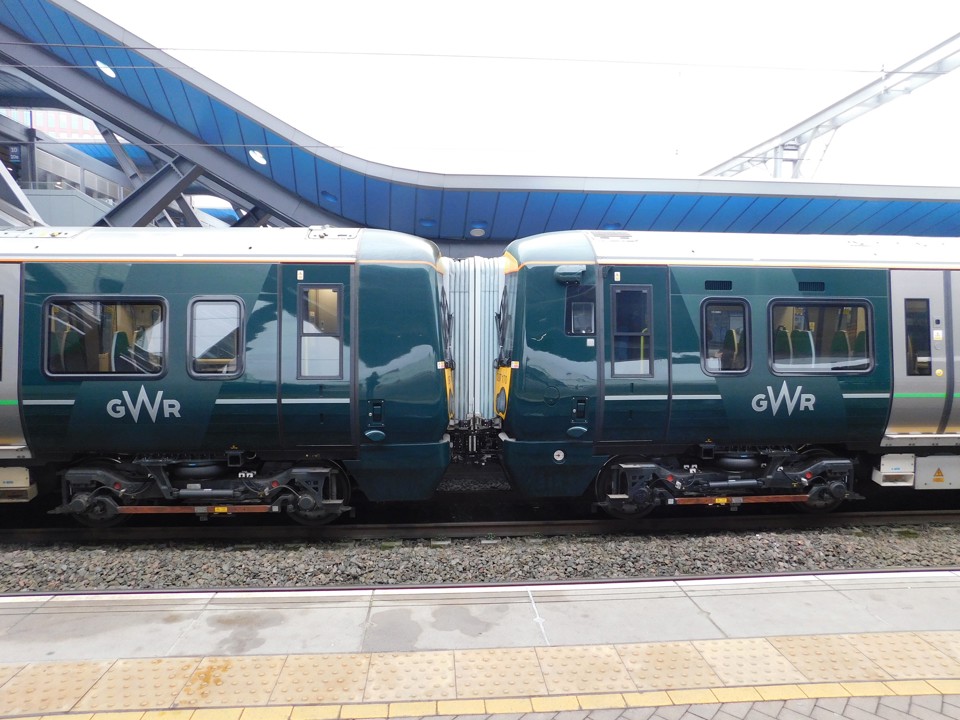
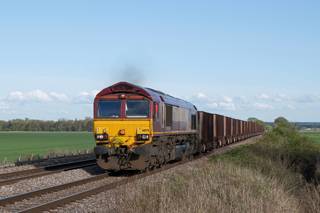
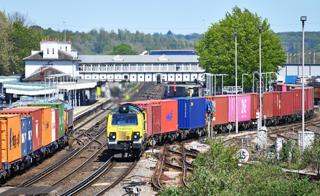
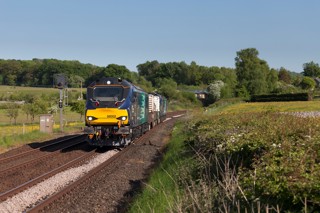
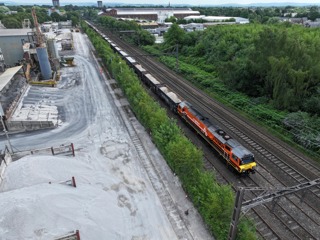










AndrewJGwilt1989 - 23/02/2018 01:38
Has GWR now got all 45 Class 387’s in service. Plus with the electrification to Newbury and electrification to Oxford that is still likely going to happen so that Class 387’s would extend to replace the Class 165’s on those routes as the Class 387’s have now been extended to Reading and Didcot Parkway.